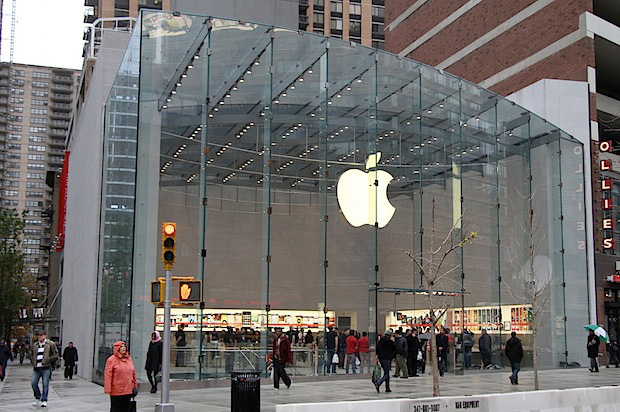Bloomberg: Do you think it’s too difficult for companies to leave China? Think again!
- Tram Ho
China was once considered the promised land for American businesses. They are an indispensable lucrative market in the future. But as US-China tensions escalate, CEOs across the United States are facing the fact: China may no longer be a reliable source of profits and production, Bloomberg said.
Certainly, it is not easy to replace a country with 1.4 billion consumers, a solid supply chain, and is getting richer. Companies, if moved elsewhere, will find it difficult to hire skilled workers like those in China. Many will continue to operate factories in mainland China to produce for the local market, despite global trade tensions.
However, Bloomberg said that leaving China is still feasible, even unavoidable. Of course it will take a lot of effort to find alternatives for China. But one cannot deny the fact that doing business in China is not as easy as it used to be.
The Trump administration has restricted the export of some U.S. technology products to China, while Congress is restricting access to China into the US capital market.

China is no less competitive, they are even more aggressive. From the Belt and Road initiative to state-led industrial programs, efforts are being made to reduce the influence of the West on the Chinese economy. There is little reason to expect that China will change its mind.
“There is no market that can replace China.” Homi Khara, senior fellow at the Brookings Institution said. Before the pandemic, the institute had expected that by 2030, China would account for 22% of the world’s average consumption (on a purchasing power parity basis).
“But companies can replace Chinese demand with other markets. For example, India and Indonesia will generate 21% of middle class consumption by 2030, not counting new markets. floating another “. Khara thinks that Africa, Latin America and the Middle East will contribute an additional 13%.
Although these markets may be smaller than China at the present time, they have great potential. China’s smartphone shipments will double India in 2019. However, China’s smartphone consumer market has dropped 7%, while India has increased by 8%.
A study by consulting firm Bain & Company and the World Economic Forum predicts that the ASEAN consumer market will double in the next decade to US $ 4 trillion. Perhaps, Southeast Asia – with its youthful dynamism – will replace the aging Chinese consumers. By 2030, ASEAN will have 40 million more people of working age, while China will lose 30 million.
The story of the supply chain is similar. A number of companies have been successful in finding alternatives to China. Although Apple Inc. Still depends heavily on Chinese factories to produce iPhones, but Samsung Electronics currently produces more than half of smartphones in Vietnam.

Similarly, sportswear company Adidas AG has significantly reduced the proportion of footwear made in China to 16% in 2019, down sharply from 39% in 2010. Meanwhile, the production rate of in Vietnam and Indonesia soared 71% last year. Most Adidas products made in China are targeted at Chinese consumers.
Vietnam has begun to attract new manufacturers. These people sought to diversify out of China even before the Covid-19 pandemic struck. Recently, Indian officials have also offered special incentives to more than 1,000 US companies to attract them from China. Other countries will surely follow in this race, as the need to create jobs after the pandemic becomes more and more urgent.
For companies, leaving China is not easy. Inexperienced managers and factory workers will have to be trained to produce according to US standards. Logistics networks will need to be established, local distribution systems need to be improved and brand awareness to be raised. That will increase costs for companies, at least in the short term.
But American companies have faced this kind of challenge before – in China itself. Many people forget that the China we know today is the result of the “molding” of past CEOs. Thirty years ago, China’s infrastructure was underdeveloped, labor skills were low, supply chains were still in disarray, and consumers were still very poor.

An industrial producer in Hong Kong once said: In 1982, when he opened a factory in southern China, there were only rice fields and no phones around the factory; he has to fight against electricity in Hong Kong for electricity.
When General Motors opened China’s first joint venture car factory in 1998, industry analysts were skeptical whether their high-end Buicks line could be sold in China was still poor. Of course, China is fine now – and that success is the effort of many, not accidental.
Like 30 years ago in China, venturing into Bangladesh, Vietnam or Ethiopia could be risky, but CEOs should challenge themselves.
Source : Genk
